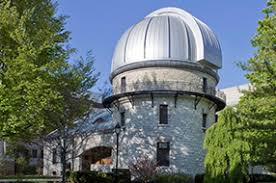Background

High mass X-ray binaries (HMXBs) are intriguing sources of gravitational waves for operational laser-interferometer detectors. HMXBs can produce compact binary mergers. As the main sequence donor star reaches its critical Roche lobe, it loses its outer layers, leaving behind the helium core (Tauris and van den Heuvel 2003). The mass from the outer layers transfers from the donor to accrete around its companion black hole. The remaining mass defines the final evolution of the helium star (Tauris and van den Hel 2003).
A donor star that evolves into either a neutron star or a black hole explodes in a supernova (SN). Supernovas mark the birth of neutron stars and produce a SN ‘kick’ of a given magnitude and direction (Fryer et al. 1999). A SN kick changes the final orbital separation and eccentricity of the system (Kalogera 2000) and these parameters determine whether the binary will merge in Hubble time.
